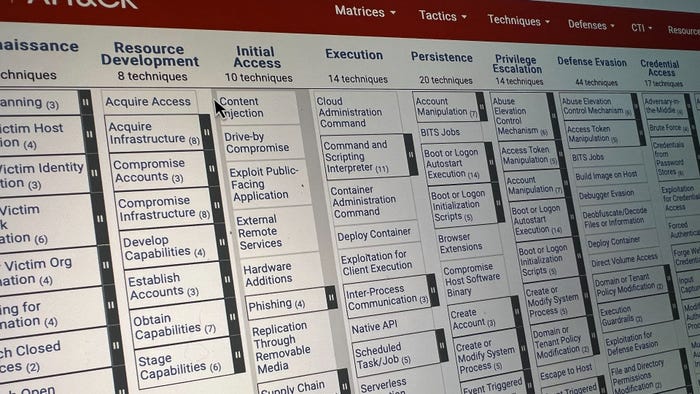Burton Releases ReportBurton Releases Report
Burton Group released a report that analyzes the FFIEC guidance on authentication for Internet banking

SALT LAKE CITY -- Burton Group, an IT research firm focused on in-depth analysis of enterprise infrastructure technologies, released a report that analyzes the Federal Financial Institutions Examination Council (FFIEC) guidance on authentication for Internet banking and recommends three technologies that can mitigate risks of online fraud.
According to Mark Diodati, analyst with Burton Group's Identity and Privacy Strategies service, the consumer authentication market is growing fast, but not all authentication techniques are created equal. He recommends that financial institutions implement risk analytic engines, out-of-band (OOB) identity proofing and anti-phishing services.
Risk analytic engines help identify potentially fraudulent transactions and allow financial institutions to:
- Stop the transaction
- Let the transaction occur, but increase account activity scrutiny
- Initiate identity proofing processes to verify the user's identity
Out-of-band identity proofing provides higher identity assurance. OOB utilizes channels other than the web session to identity-proof the user at key stages of user interaction with the financial institution's website. Diodati points out that other techniques like device identification and digital watermarking, while valuable, depend upon adequate identity proofing.
Anti-phishing services utilize a real-time network to shares current phishing information with all financial institutions that can reject access from known phishing sites. In addition, many services will work with the major Internet service providers (ISPs) to shut down the site and direct users away from phishing sites.
"If implemented properly, these techniques, along with consumer anti-fraud guarantees, will mitigate the risk of fraudulent transactions on a financial institutions website," says Diodati.
Read more about:
2006About the Author
You May Also Like
Uncovering Threats to Your Mainframe & How to Keep Host Access Secure
Feb 13, 2025Securing the Remote Workforce
Feb 20, 2025Emerging Technologies and Their Impact on CISO Strategies
Feb 25, 2025How CISOs Navigate the Regulatory and Compliance Maze
Feb 26, 2025Where Does Outsourcing Make Sense for Your Organization?
Feb 27, 2025




